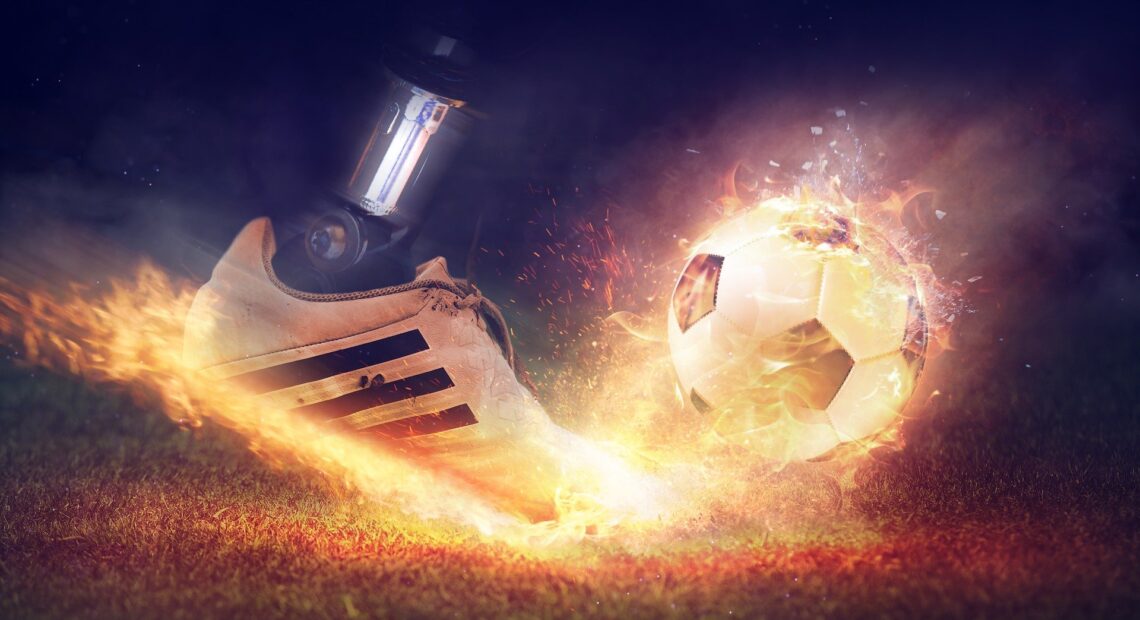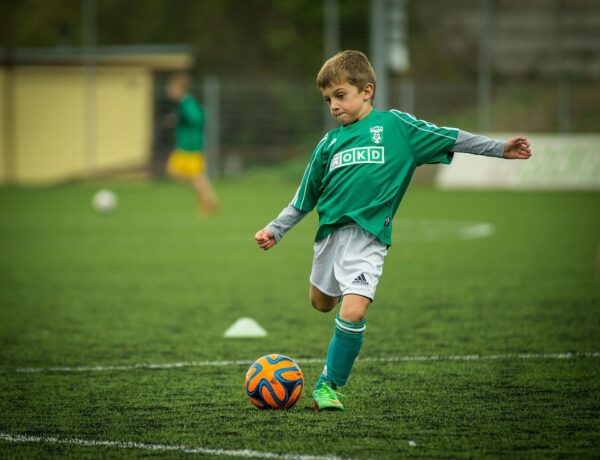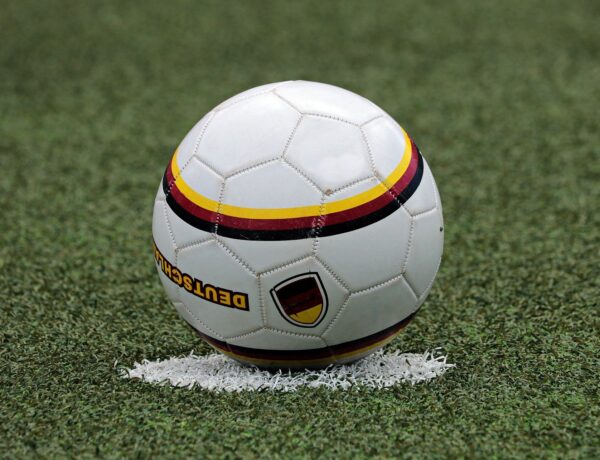Study the state of American football and find a comprehensive solution to ensure the continuity of your life
The main thing that you may notice in the title of this article is the absence of the word “professional” as it represents the mind of all football players, not just professionals. Current media coverage might lead you to believe that the main concern about injury in football today, the effect of frequent bruising or more specifically chronic traumatic encephalopathy (CTE), is particularly concentrated among the professionals. This is not the case. Perhaps the most troubling aspect of this problem is that it is a long-term problem rather than an issue arising from the NFL or CFL. The severity of this problem is receiving various studies and the evidence supporting football’s contribution to this disease is constantly growing, but I will leave it to researchers to build a greater scientific and medical standing. Instead, this article will focus on the impact of the results of this study on the game Americans clearly love and how you can change this game in a way that can help you survive, with the brains of many of the participants.
Death walks
Why do we call football this fatal nickname? Because as it is organized today … a pleasure to me. Concussions are common in football, as any player of any level can tell you this. Additionally, neurologists have already stated once that a person has had a concussion and there is a high chance that he will carry another person. They added that it takes less time, after multiple bruises, to cause the same level of injury and that recovery takes longer. This is what we already know as a fact. Simple math suggests that football is essentially a concussion game.
Additionally, the research strengthens the relationship between concussive brain injury and long-term degenerative brain disease. s. He enters the scene. Adding a little math leads to the answer that soccer, a sport that includes concussions as a core part of the game, is fertile ground for long-standing brain diseases. At this point, it’s very clear that we all love sports that are very harmful to our participants’ brains for an extended period of time. When you think that a young adult who only plays from 8 years to the last year of high school has 10 years of sudden changes in the brain due to communication, it is clear that a professional 28 or 30 year old is at risk of staying long-term problems with brain damage .
Now it seems common sense to stop doing harmful things, but that is football. Emotionally it is a national pastime and perhaps the most popular game in the country. Financially, it is a driving force that generates billions of dollars in revenue and supports millions of people, companies, and institutions. Given this vision of the game, how can I say he will die? The simple answer is … mothers.
With the increase in scientific evidence, mothers will face irrefutable evidence that puts their children at risk, something that mothers are not exposed to. Thus, even though most of the attention is paid to the impact of this problem on a professional level, the game will actually kill you during your youth. Moms just don’t allow their children to play.
Return it to the dead.
The main problem in formulating a viable solution is that the issue is discussed widely in a piecemeal fashion. As I mentioned, this is not an NFL problem … this is a football problem and the long-term effects may be more pronounced at the professional level, but it is clear that the genesis of this level is much less, and maybe even in youth entertainment associations. . However, this approach has largely prevented a broader discussion (and a complete solution) on the topic.
Reshape
Since it starts with the first concussion and comes from there, with fewer fluctuations but with more damage, the simple trick is to reduce the total number of TBI that soccer players have suffered throughout their footballing lives.




No Comments